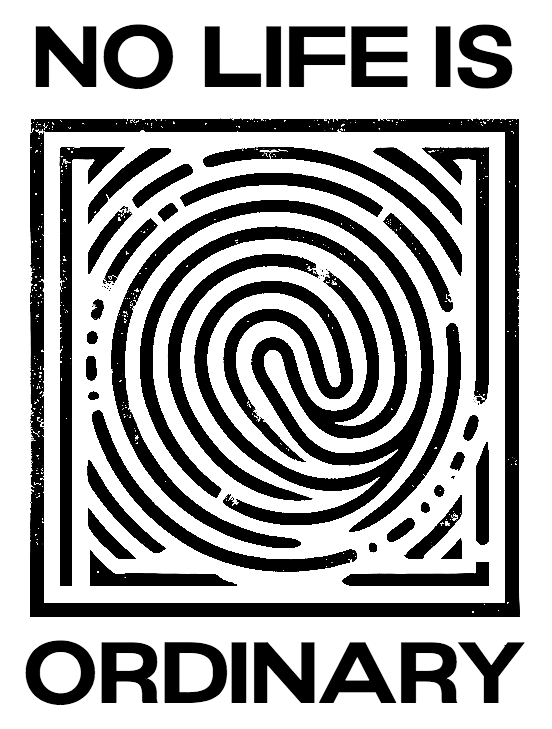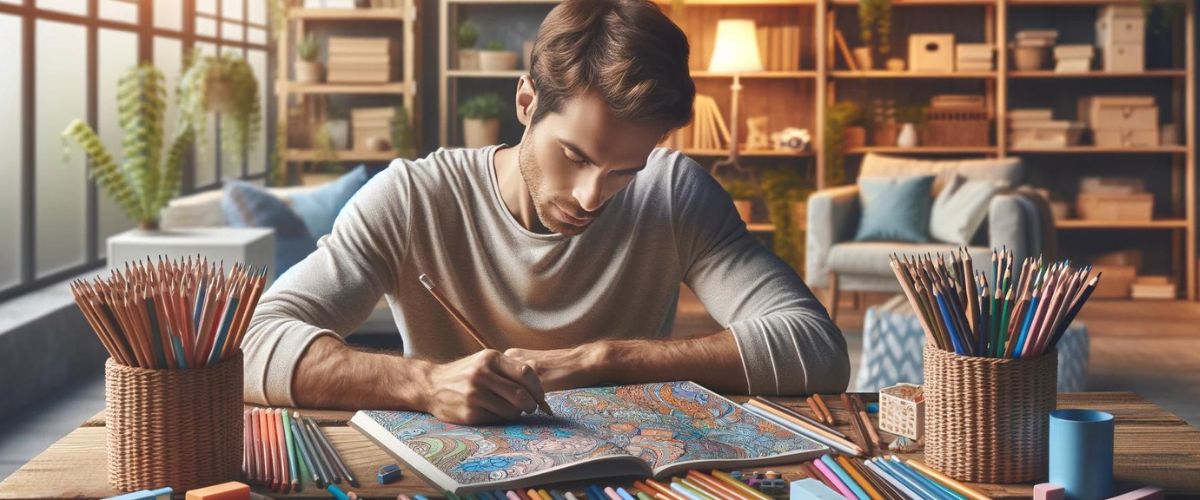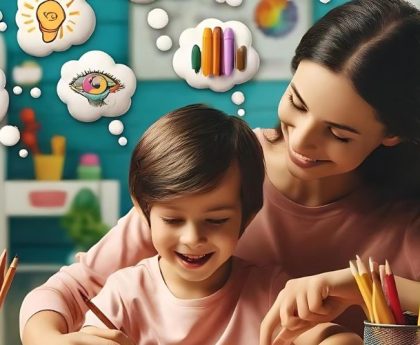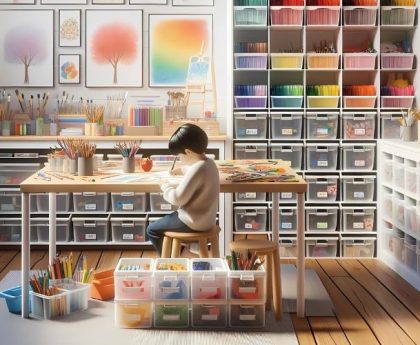Coloring isn’t just for kids; it’s a beloved hobby for adults too, offering relaxation, creative expression, and a sense of accomplishment. This guide, inspired by the PencilStash tutorial, provides essential tips and techniques for getting started with adult coloring using colored pencils.
Introduction
Adult coloring books have surged in popularity, providing a creative outlet for stress relief and artistic expression. Colored pencils are a versatile and accessible medium perfect for beginners and experienced colorists alike. This guide will cover essential tools, basic techniques, and tips for enhancing your coloring experience.
Essential Tools
Colored Pencils
Choosing the right colored pencils is crucial. Here are some recommended types:
- Wax-Based Pencils: Such as Prismacolor Premier, which offer vibrant colors and a smooth application.
- Oil-Based Pencils: Like Faber-Castell Polychromos, known for their durability and ability to layer well.
- Watercolor Pencils: Can be used dry or with water for a watercolor effect.
Paper and Coloring Books
Quality paper is essential for good results. Look for adult coloring books with thick, smooth paper that can handle multiple layers of pencil without tearing.
Additional Tools
- Sharpener: A good-quality sharpener ensures your pencils stay sharp and precise.
- Eraser: A soft eraser can correct mistakes without damaging the paper.
- Blending Tools: Such as blending stumps, tortillons, or a colorless blender pencil to smooth and blend colors seamlessly.
Basic Techniques
Layering Colors
Layering is fundamental to creating depth and richness in your coloring. Start with light pressure and gradually build up layers, using different shades to add dimension.
Steps:
- Base Layer: Apply a light layer of your base color.
- Second Layer: Add another layer with a slightly darker shade, focusing on areas where shadows would naturally occur.
- Final Layer: Use the darkest shade to deepen the shadows and enhance the contrast.
Blending
Blending helps to create smooth transitions between colors. You can blend using several methods:
- Burnishing: Apply heavy pressure with a light-colored pencil or a colorless blender to smooth out and blend layers.
- Solvent Blending: Use a solvent like mineral spirits on a cotton swab or brush to blend colors smoothly.
Shading and Highlights
Creating realistic shading and highlights gives your coloring a three-dimensional look. Identify your light source and add shadows and highlights accordingly.
Tips:
- Shadows: Use darker shades or complementary colors for shadows.
- Highlights: Leave areas of the paper white or use a white pencil to add highlights.
Advanced Techniques
Gradient Effects
Creating gradient effects can add interest and depth to your coloring. Gradients can be achieved by gradually transitioning from one color to another.
Steps:
- Light to Dark: Start with the lightest color and gradually apply darker colors, overlapping each layer slightly.
- Blending: Use a blending tool to smooth the transition between colors.
Textures
Adding textures can bring your coloring to life. Experiment with different strokes and techniques to mimic textures like fur, wood, or fabric.
Examples:
- Cross-Hatching: Create texture by layering crisscrossing lines.
- Stippling: Use small dots to create texture and shading.
Tips for Success
- Practice Regularly: Regular practice helps improve your skills and confidence.
- Experiment with Colors: Don’t be afraid to mix and match colors to see what effects you can create.
- Stay Relaxed: Remember that coloring is a relaxing activity. Don’t stress about perfection; enjoy the process.
FAQs
What type of paper is best for colored pencils?
Thick, smooth paper is best as it can handle multiple layers of color without tearing.
How do I sharpen colored pencils without breaking them?
Use a high-quality sharpener and turn the sharpener around the pencil, not the pencil in the sharpener, to reduce breakage.
Can I blend colored pencils without special tools?
Yes, you can blend by layering colors and using a blending pencil or burnishing with a light-colored pencil.
How do I fix mistakes in my coloring?
Use a soft eraser to gently lift the color. For minor adjustments, you can also layer over the mistake with a different color.
Is there a difference between student-grade and artist-grade pencils?
Yes, artist-grade pencils typically have higher quality pigments and better blending capabilities compared to student-grade pencils.
Conclusion
Coloring with colored pencils is a rewarding and enjoyable hobby that offers numerous benefits, from stress relief to enhanced creativity. By choosing the right tools and practicing basic techniques, you can create beautiful, vibrant artwork. Embrace the process, experiment with colors and textures, and most importantly, have fun!
For more tips on enhancing your coloring experience and organizing your art supplies, check out our other articles on No Life Is Ordinary.





